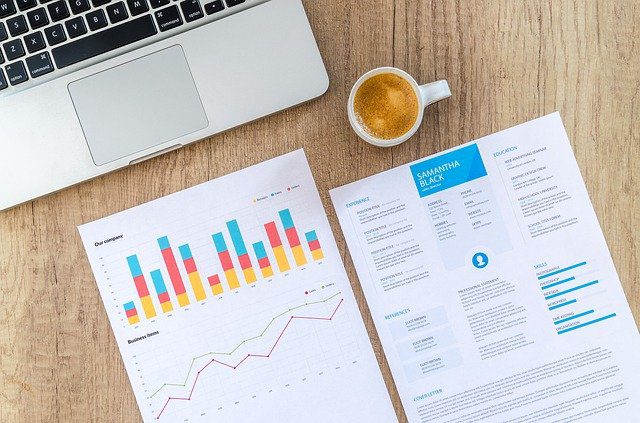Bookkeeping Basics

Bookkeeping is the recording of all financial transactions your business makes. Bookkeepers record, classify and organize transactions using supporting documentation such as receipts, invoices, purchase orders, etc.
Most bookkeeping and accounting services for small businesses and franchises in Cincinnati now use specialized computer programs like Xero, or QuickBooks.
Terms to understand
When you set up your bookkeeping system, either in-house or with an outsourced bookkeeping partner, there are some key things to understand.
Cash or accrual accounting
One of the first bookkeeping decisions you may have to make is whether to use a cash or accrual accounting system.
- Cash: With Cash, you record your transactions when the money hits your bank account. In other words, if you invoice someone on June 25th, and the payment comes in on July 10th, the transaction is recorded July 10th. Most small businesses use this simpler system.
- Accrual: With accrual accounting, in the example above, the transaction would be recorded in June since you record purchases or sales immediately, even if the money doesn’t change hands until later. If you are going to offer customers credit or request credit from your suppliers, you should use this system.
Your Chart of Accounts
Your Chart of Accounts categorizes all the transactions on your Income Statement (Profit and Loss Statement), as well as your assets, liabilities and equity, which make up your Balance Sheet. Each account has a number and a name. You may need subaccounts if your business is complex.
Assets, liabilities and equity
- Assets are what you own: your plant, equipment, land, inventory and accounts receivables.
- Liabilities are what you owe to suppliers, credit card companies, the bank, the IRS, etc.
- Equity is the investment you and any other investors have in the business.
Your bookkeeper has to make sure each transaction is recorded correctly, so that your assets always equal your liabilities plus your equity: everything you own (assets) is balanced against claims against you (liabilities and equity).
Revenue, expenses and costs
Your Income Statement includes revenue from sales and other sources, expenses and costs. You have to put each financial transaction into one of these three categories:
- Revenue (Sales) is the income your business receives in selling products or services.
- Costs are the money you spend to buy or manufacture your goods or services. Also referred to as “Cost of Goods Sold” (COGS).
- Expenses are money spent to run the company not specifically related to a product or service sold, such as salaries and wages, or marketing and administrative expenses.
Does it all sound like too much to do on your own?
If you are overwhelmed, partner with a trustworthy bookkeeping company that can guide you through the process of setting up your bookkeeping system and relieve you of the tedious, but necessary task of recording transactions. Searching online for “small business bookkeeping services near me” can help you find options.
BookWerksTM specializes in Cincinnati small business and franchise bookkeeping and accounting services.